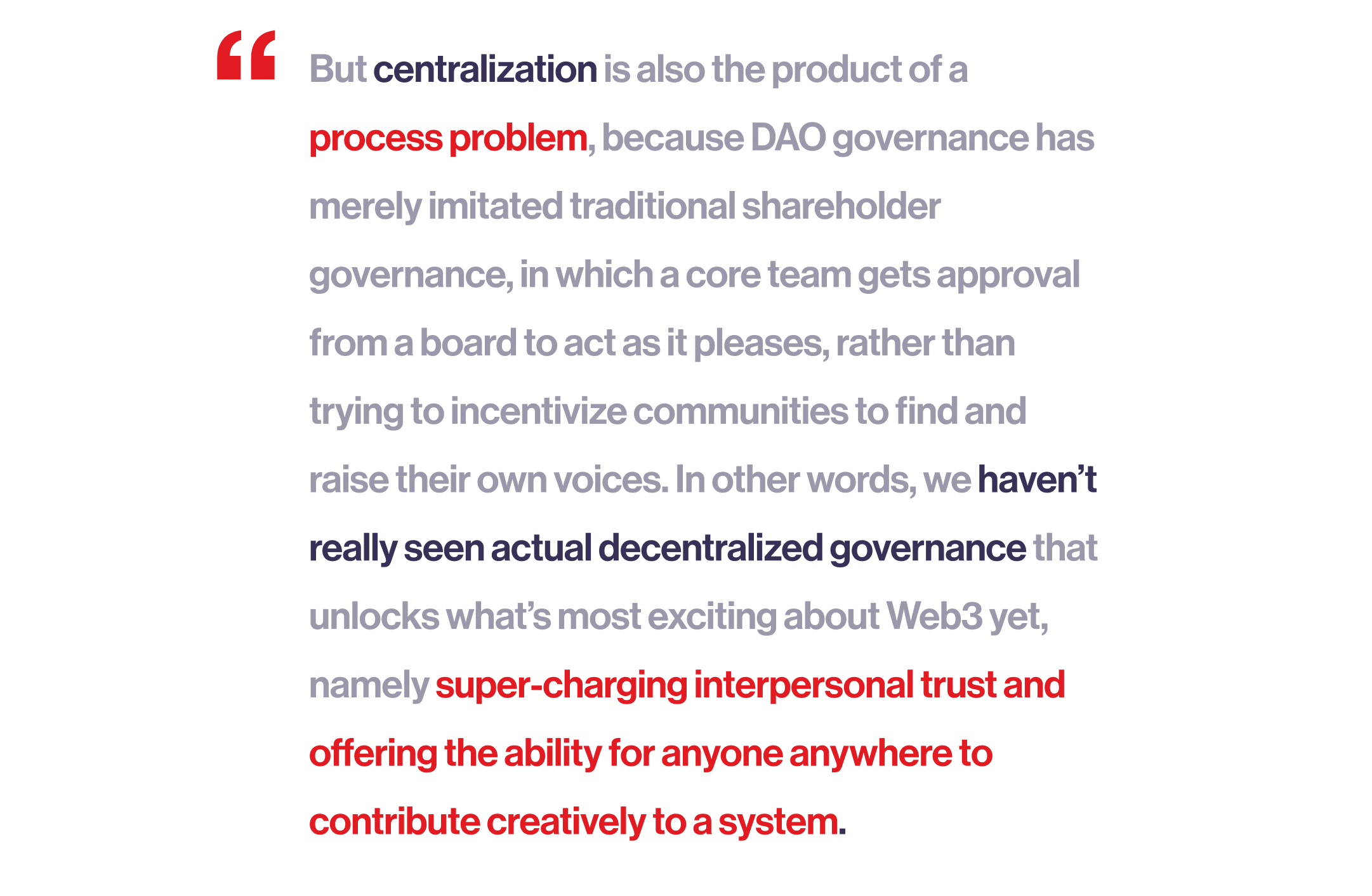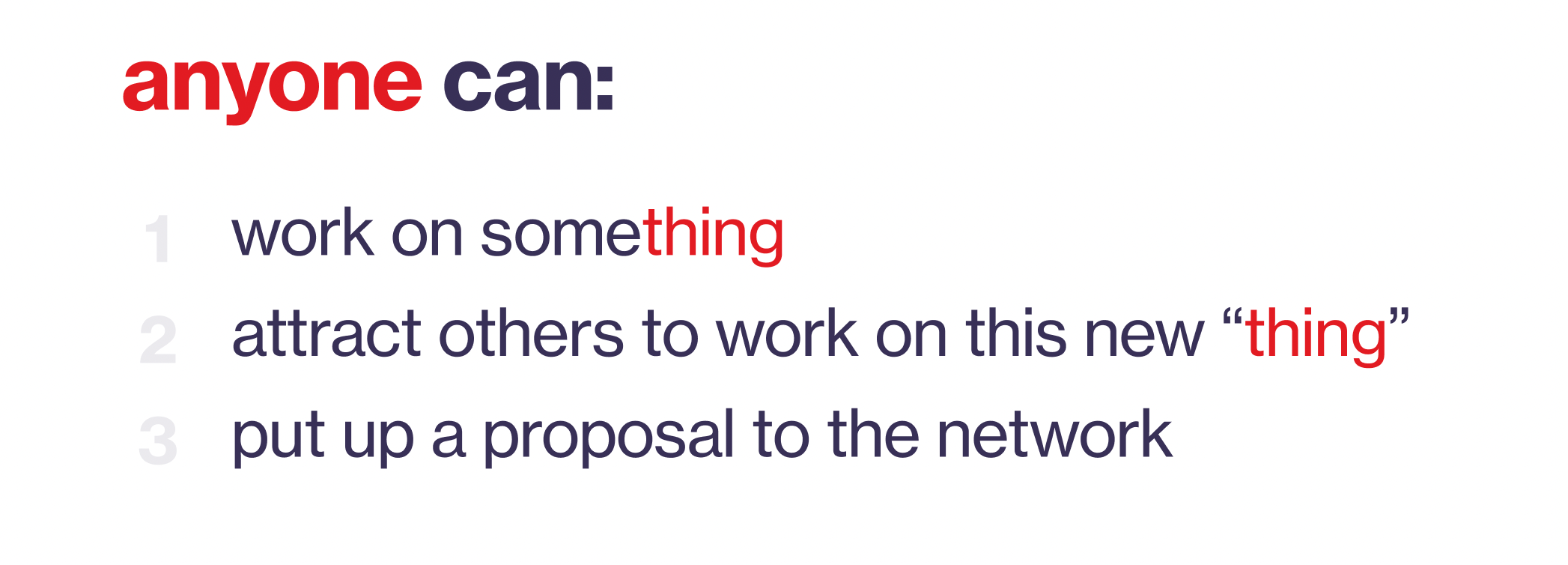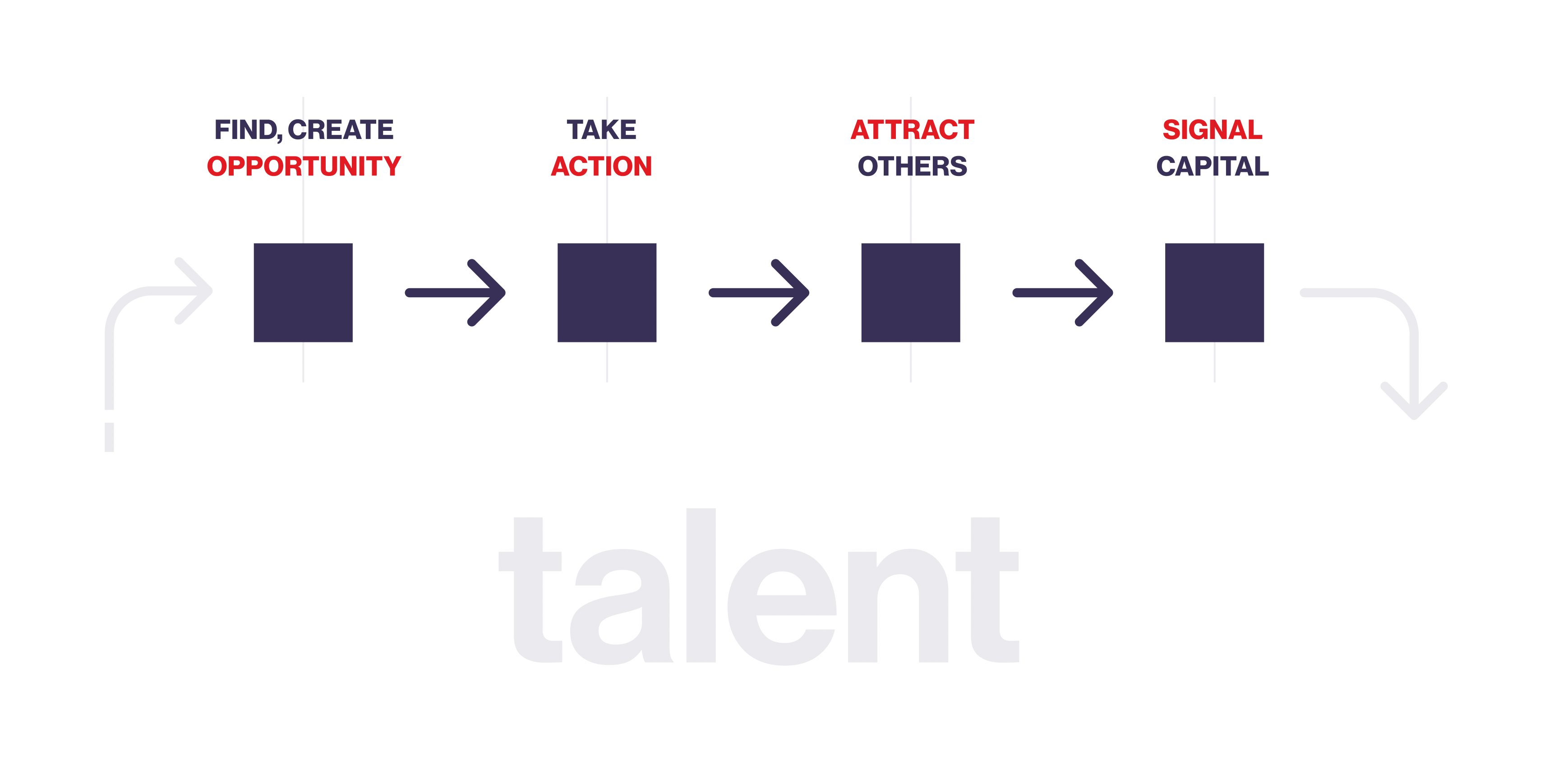How permissionless access in DAOs creates decentralized collective intelligence
Rowan is a contributor to SuperBenefitDAO and works on scalable models of coordination and fractal DAO governance. Gratitude to Michael Lewkowitz for contributing to this article and for his deep insight and belief in the possibility of Web3. This article is the fourth in our series exploring the concept of DAOs as networks and their evolutionary nature.
As we wrote in our recent article DAOs: From Fractal Primitives to Network Scale, a DAO needs to be able to produce emergent collective intelligence; “DAOs are network intelligence that flows”
This is what sets DAOs apart from businesses and other organizations. Traditionally we work on the notion that the smartest people sit at the top of an organization. They filter all of the information from across the whole org and then come up with a strategy that is sent down the chain of command to be implemented by the “little people” at the coal face.
But DAOs — as fractal networks of cells — have the ability to self-organize around the best opportunities emerging across the system in real-time. This dynamic, occurring constantly across the whole network, causes the system to become “intelligent”. It can prioritize opportunities, allocate resources, make strategic decisions, change its shape and change its direction. It can do all of this traditional “strategy” much more effectively than a traditional organization can. Furthermore it can do it organically and from the bottom up in a deeply decentralized way.
Central to harnessing this decentralized collective intelligence in DAOs is the concept of “Permissionless-ness”. The concept of “permissionless access” gets thrown around a lot in DAO-land but mostly as an ideal or an aspiration, and usually not in a very principled way.
In this article I want to make the case for a very simple “primitive” from which we can build permissionless access into DAOs out of which effective collective intelligence can emerge.
Permissionless-ness
The term “permissionless” in crypto originates from the concept of a “permissionless blockchain”. Starting with the Bitcoin whitepaper, “permissionless access,” as a property of the blockchain, meant that no third-party gatekeepers could prevent anyone from interacting with the ledger.
From here, the concept has become an important part of Web3 with the notion that permissionless access breaks us out of the gatekeeping structures of old, where entrenched power controls access to platforms and resources in ways that serve their needs; and not necessarily the needs of the community.
The vision of Web3 as a new paradigm of decentralized community ownership, and collective governance, requires permissionless-ness as a key part of the design. But at this stage there is a real lack of clarity about what the concept actually means, and as a result it is being applied in DAO design in haphazard ways.
We need to tighten this up. Rather than thinking of permissionless-ness as a vague ideal to aspire to, we need to think of it more as a principle to design from. I.e. What dynamics are we hoping to produce through employing “permissionless access”? How can we balance permissionless access with the need for security, privacy, capture resistance etc?
These are the kinds of questions that should be keeping us up at night.
Permissionless access in DAOs
With permissionless blockchains, e.g. Bitcoin, there is an explicit notion that the blockchain is designed to be a “non-excludable”, “non-rivalrous”, public good. This means that anyone can access it, use it, and that this usage does not reduce the value that other people derive from using it as well. This permissionless access is the whole point of a system like Bitcoin and therefore is wound deeply into its architecture.
But what about DAOs? With DAOs that are organized around clean technical protocols that are very focused in their scope (e.g an AMM), it is relatively straight-forward to see how aspects of the protocol can be open in a way that allows permissionless access to everyone in a principled way.
But with more expansive DAOs, we are talking about coordinating groups of humans to bring insights and ideas, to contribute and collaborate, to create and build, to allocate capital…
This is an entirely different proposition. If we are going to leverage the power of collective intelligence, but not fall into the chaos of structurelessness, we need a more “social” understanding of the concept of permissionless access.
While access to a blockchain or protocol might be a non-rivalrous good, a DAO’s resources are rivalrous goods. That is, if one individual or project gets given resources then these limited resources are no longer available for someone else to use.
DAOs can’t just allow permissionless access to finite resources without running straight into a game theoretic tarpit. But if we restrict access to DAO resources, just like a company would, nothing of significance will change. This is the challenge that we are wrestling with in DAO governance.
In their insightful article Go Fork Yourself; Packy McCormick, Luca Prosperi & David Phelps make the case that the direction that current DAO governance is heading in, to address this challenge, has not led to meaningful decentralization in how DAOs operate:

The actual decision-making has become more “democratic” because more people are involved in the final decisions, but this often rests on a small group of people putting up proposals for sign-off by the larger community. While community voting is a step forward, it doesn’t, on its own, produce more intelligent systems.
Permissionless access to the “network”
The key here is in recognising that DAOs aren’t organizations in themselves, they are networks. What needs to be permissionless is not access to a DAO’s resources (treasury and other assets) but access to its network.
The following three features are the basis for allowing permissionless access to a DAO network. If DAOs do these three simple things well they can produce “the ability for anyone anywhere to contribute creatively to a system” and harness collective intelligence to grow it into more complex and powerful things.

1. Work on something
A person can see an opportunity to contribute to the DAO and can start working on that thing without needing permission from anyone else.
This doesn't give them any claim on the resources of the DAO and doesn’t give them the ability to interfere with what anyone else is working on. But it recognises that a DAO network’s openness should be fundamental. People should be able to take action to attempt to create value for the network without requiring permission.
The network can decide separately whether it values that contribution and whether it wants to engage with it.
2. Attract others to work on this new “thing”
A person can encourage others to join their project without asking permission.
People (“talent”) are the network’s most valuable resource.
A person working on their “thing” can’t demand that anyone join them on their project, but they are free to ask. Talent freely decides whether to contribute to the person’s project (or not), based on whether it represents a compelling opportunity.
3. Put up a proposal to the network
Anyone in the network can put up a proposal to the highest level of governance in the network without needing permission.
This ensures that if (1) a person can see a compelling opportunity and start working on it. And if (2) they successfully gather others to push the opportunity forward, (3) they are able to show this to the community to ask for the resources necessary to keep developing it.
- A crucial second function of this “permissionless access to the proposal mechanism” is that the network can reorient itself when needed. When anyone can call out when the DAO may be moving out of alignment with the purpose or values of the network that animates it; it gains the capacity for the DAO to avoid capture and remain alive and relevant.
Of course all of this freedom of access needs to be designed into a DAO in a way that doesn’t just plunge everything into chaos.
A lot of current DAO design is wrestling with managing governance overwhelm and how to prevent issues like malicious proposals destroying the viability of the DAO. All of these kinds of issues and friction does need to be resolved. The key point though, is that if we view DAOs as networks, we realize that we shouldn’t try to do this by restricting access to the network itself — don’t treat the network like an organization.
Access to the network should be an inalienable right
People can do “things” in the network in a permissionless way. The collective sense-making (and permissioning of rivalrous goods) is based on how the rest of the network responds to these contributions.
- Is their contribution valuable?
- Is their behavior acceptable?
- Do others in the network want to engage with what they are doing?
Crucially, unlike with organizations, these decisions don’t have to be centralized. Other players in the network can decide for themselves whether they want to engage with, support, or promote any given “thing” that someone is working on. And at a higher level, the community/network can collectively agree on allocating capital to the valuable “things”.
We still need to wrap structure around this. DAO’s might utilize a code of conduct for managing behavior on a communication platform (like Discord) and they will implement tools and methods to curate proposals so that governance doesn’t become a hot mess. This is not about everything being radically unconstrained. Rather it is about making sure that these three inalienable rights of permissionless access are not compromised in the process. They are what fuel the collective intelligence at work in DAOs.
What does this gain us?
Enshrining these three permissionless features deep into a DAO’s structure and culture causes an important self organizing dynamic to emerge.

Individuals (“talent”) identify high potential opportunities.
“High potential” means that they have the potential to deliver on personal goals as well as the DAO’s purpose and values.
As the developing opportunity attracts more talent, this signals to capital via treasury proposals, or other newer and more decentralized mechanisms.
This is a big shift from the status quo, where capital tries to be the source of intelligence. Collective intelligence emerges when people have permissionless access to the network and can turn this access into valuable action.
Knowledge and insights from many individuals working “close to reality” become the driver of strategy. Rather than governance being solely focused on democratic decision making by the members of the network at the highest level, most decision-making becomes a function of action happening across the network. This dynamic is nicely articulated by Spencer Graham here.
- NB: I am aware the term “talent” may feel a bit loaded, but I am using it in a deliberate way to mean not just “people,” but people who have specific skills and intentions that make them relevant to a particular context. Broadly “talent” is: individuals with skills, discernment and motivation.
When “talent” is free to make choices and act based on motivation and discernment, it can flow toward opportunity and act on it. Then if “capital” is able to flow towards this “talent taking action”, you have strategy and capital allocation done at network scale, in real-time from the ground up.
You have a system that can scale collective intelligence in a way that: (1) evolves to closely match the environment the system is operating in; (2) remains in alignment with the purpose and values of the broader network; and (3) is far more resistant to governance capture and attack than centralized systems.
Article Series
- Previous: Fractal primitives to network scale
- Next: ...coming soon...
